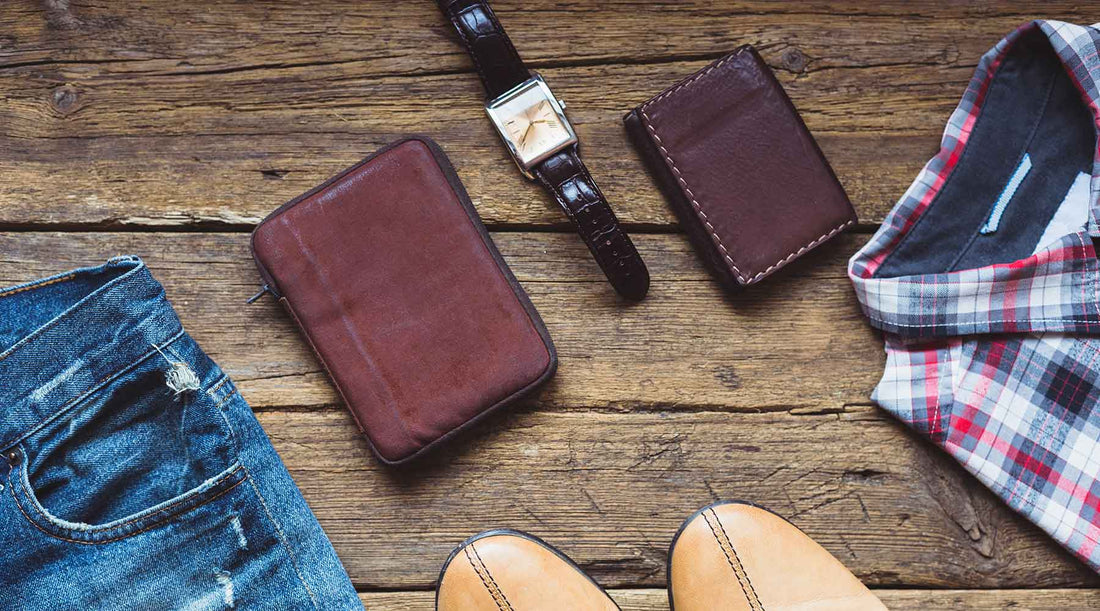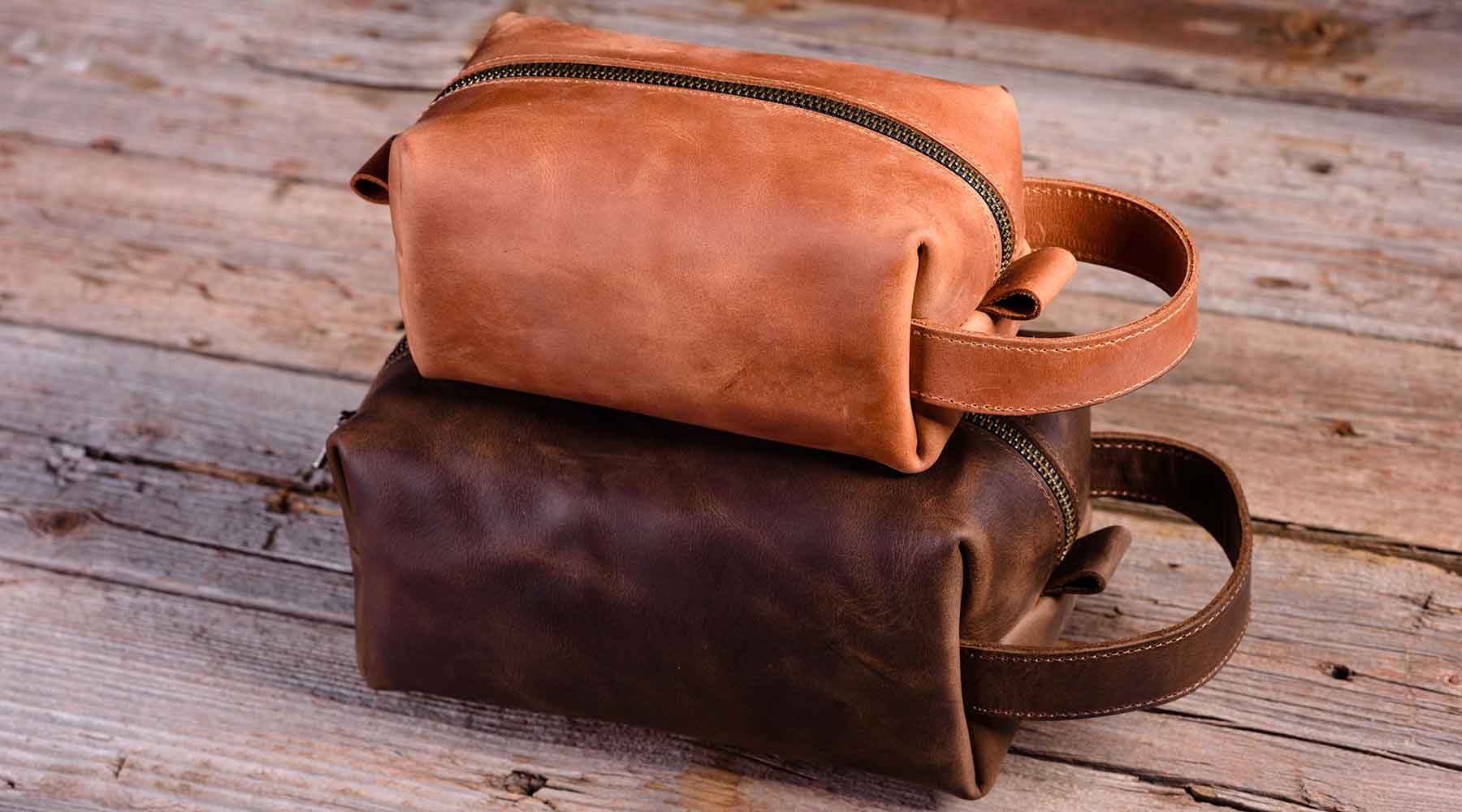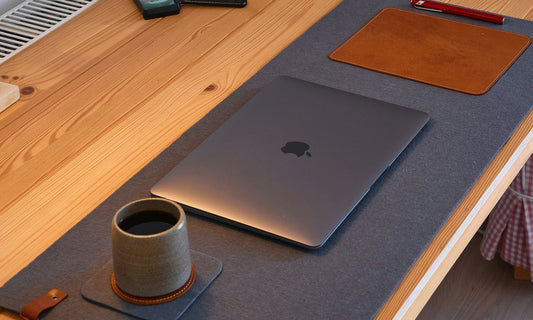
Will patina affect the durability or quality of leather?
Oscar Arenas
Introduction
Understanding Leather Patina
Patina's Impact on Leather Durability
Patina and Leather Quality: A Symbiotic Relationship
Caring for Your Leather to Promote Healthy Patina
Case Studies: Leather Items Before and After Patina
Conclusion
Patina—the unique sheen that develops on leather over time—is often a sign of high quality and craftsmanship in leather goods. However, many wonder about the effects of patina on the durability and overall quality of leather. Is patina merely a cosmetic change, or does it impact the leather's longevity and performance? This blog post delves into the relationship between patina, durability, and quality in leather products, shedding light on how these elements interplay to create lasting beauty and resilience.

Understanding Leather Patina
Patina is the result of the leather aging gracefully, a process that adds character and depth to the material. It forms through a combination of factors, including exposure to sunlight, the natural oils from our skin, and the very air we breathe. Patina should not be confused with wear and tear; it's a hallmark of quality, indicating that a leather item is used and cherished.
Unlike signs of damage or neglect, patina is the leather's storybook, telling tales of adventures, encounters, and care. But does this aesthetic enhancement affect the leather's durability or quality? Let's explore how patina contributes to the longevity of leather goods and whether it's a sign of quality worth pursuing.

Patina's Impact on Leather Durability
Protection Through Patina
Developing a patina on leather isn't just an aesthetic transformation; it also serves a protective function. As leather ages and absorbs oils from the skin, along with exposure to the elements, it becomes more supple and resistant to external damage. This layer of patina acts as a barrier, helping to preserve the leather's integrity against scratches, moisture, and the wear and tear of daily use.
Maintenance and Longevity
The key to maximizing the durability of leather lies in regular maintenance. Regularly cleaned and conditioned leather is more likely to develop a rich, even patina that enhances its appearance and resilience. Neglected leather may crack, dry out, or deteriorate, failing to create a protective patina. Thus, the patina's contribution to durability depends on ongoing care and attention.
Untreated vs. Well-Maintained Leather
Comparing untreated leather with well-maintained leather showcases the role of patina in durability. Well-maintained leather, nurtured to develop a healthy patina, often outlasts untreated leather. This contrast underscores the importance of embracing patina as a leather care component rather than a cosmetic feature.

Patina and Leather Quality: A Symbiotic Relationship
High-Quality Leather and Patina Development
The potential for developing a beautiful patina is directly related to the quality of the leather. High-quality leather, such as full-grain and top-grain, has a natural ability to absorb oils and adapt to environmental conditions, fostering a rich and visually appealing patina. Lower quality leathers, treated with excessive chemicals or lacking the whole grain, may develop a less vibrant or unappealing patina, failing to offer the same aesthetic or protective benefits.
Aesthetic and Functional Benefits
A well-developed patina does more than beautify leather—it also enhances its function. For example, a patinated leather briefcase looks distinguished and is more flexible, resistant to staining, and easier to maintain. This symbiosis between patina and leather quality elevates the material, making it more valuable.
Consumer Perceptions
The perception of patina in the consumer market is overwhelmingly positive, especially among fans of high-end leather goods. Patina is a hallmark of luxury, authenticity, and craftsmanship, adding value to leather items and distinguishing them from lower-quality alternatives.

Caring for Your Leather to Promote Healthy Patina
Proper care is essential for encouraging a healthy patina that enhances both the durability and quality of leather. Regular cleaning with a soft, damp cloth, conditioning to maintain moisture, and proper storage away from direct sunlight are foundational practices. Additionally, embracing natural wear as part of the patina process encourages a unique, personalized aesthetic that reflects the item's history and use.
Case Studies: Leather Items Before and After Patina
The transformation of leather through the development of patina is a process that adds immense value and character. These case studies highlight the impact of patina on the durability and quality of leather items, providing real-life insights into how well-maintained leather ages beautifully over time.
The Journey of a Full-Grain Leather Wallet
- Before Patina: A new full-grain leather wallet with a uniform chestnut color and a smooth, matte finish. Initially stiff, the wallet was pristine, with no marks or signs of wear.
- After Patina: After five years of daily use, the wallet has developed a rich, dark patina. The leather has softened, conforming to the shape of its contents, with a glossy sheen on the areas handled most frequently. The wallet remains structurally sound despite the visual changes, with no signs of cracking or weakening at the seams.
Insight: This wallet's evolution demonstrates how patina can protect and preserve the leather, contributing to its durability. The oils from hands and the gradual absorption of sunlight have enriched the leather's color and texture without compromising its integrity.
Revival of an Antique Leather Chair
- Before Patina: An antique leather chair purchased in a neglected state from a flea market. The leather was dry, cracked, and had lost much of its original color, looking dull and lifeless.
- After Restoration and Patina Development: With careful restoration, including cleaning, conditioning, and regular use, the chair's leather has been revived. It now features a deep, complex patina, with color variations highlighting its natural texture. The leather has become more supple, and the cracks have blended into a story of revival, adding to the chair's character.
Insight: This case study illustrates the regenerative potential of patina, showcasing how even leather that has been neglected can be brought back to life. The chair's patina adds to its historical value and aesthetic appeal, demonstrating the leather's resilience and the importance of proper care.

Conclusion: Embracing the Patina Process
Patina is not merely a cosmetic change but a signifier of the leather's journey through time. It is a testament to the material's quality, the care it has received, and its enduring nature. Far from detracting from the leather's durability, a well-developed patina protects it, enhancing its resistance to damage and extending its lifespan.
The case studies underscore the importance of choosing high-quality leather and committing to its care. By embracing the natural aging process and understanding the role of patina, leather enthusiasts can ensure their items remain beautiful, functional, and rich in story for years to come.
Patina transforms leather goods from objects into cherished possessions, each with a unique history. Whether it's a wallet that has journeyed with you daily or an antique chair that tells tales of a bygone era, the patina that develops on these items is a celebration of life's experiences. It is a reminder that in an age of disposability, some things only get better with time.



